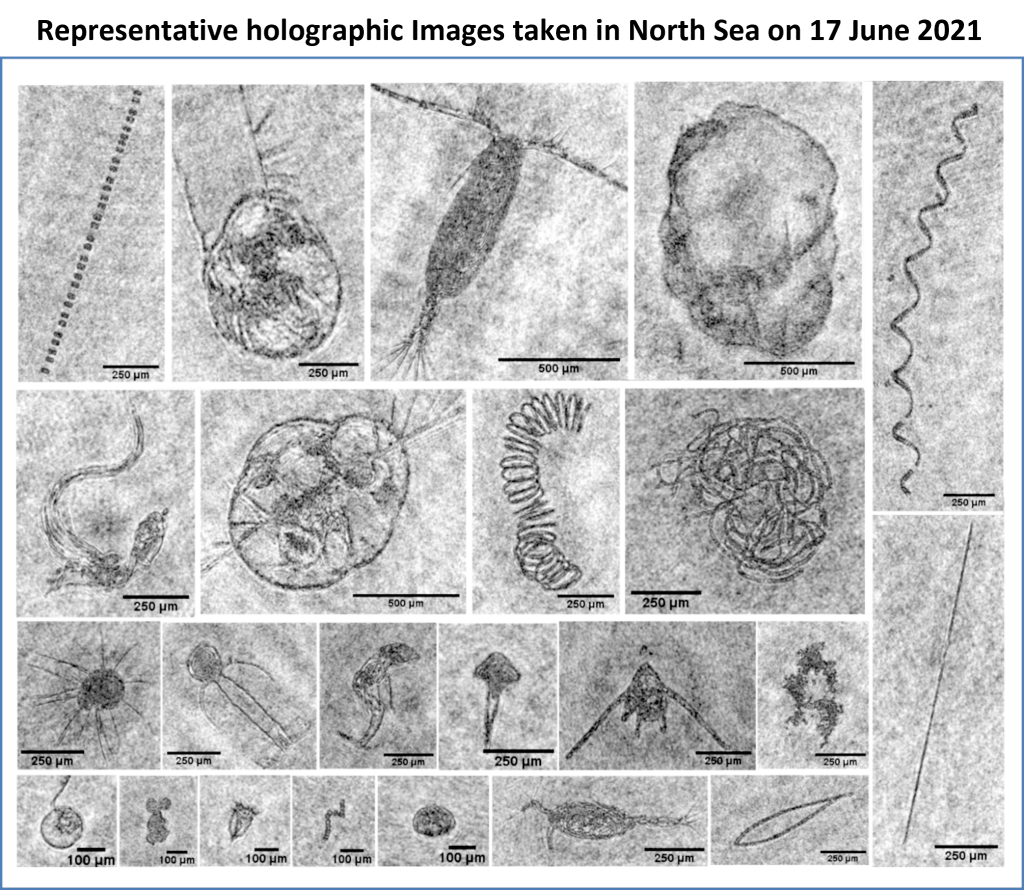3D imaging could provide early warning of sea lice

Technology developed to identify tiny marine organisms and particles could be used to detect the presence of microscopic sea lice larvae – that’s the hope of a team of researchers based in Scotland.
The study aims to apply holographic 3D imaging, machine learning and artificial intelligence (AI) to provide an early warning system for fish farmers.
Led by experts in engineering and digital holography from the University of Aberdeen, alongside the Scottish Association for Marine Science (SAMS), the project recently received a funding boost of over £538,000 from partners including the UK Seafood Innovation Fund and SAIC, the Sustainable Aquaculture Innovation Centre.
Electronics business Hi-Z 3D, seafood producer Mowi, the Scottish Environment Protection Agency and the Scottish Government’s Marine Directorate are also supporting the initiative.
Using advanced underwater holographic cameras – developed at the University of Aberdeen – and AI-based automated image identification technology, the system would enable researchers to identify the natural presence and abundance of sea lice in the ocean, while also assisting fish farmers with rapid sea lice detection and effective management at Scottish salmon farms. Currently, the most common way of testing for the parasite is to collect water samples to be analysed in a lab under a microscope, which can take several days to return results.
Compared to standard cameras and 2D photography, digital holography has significant advantages when used for microorganisms, the researchers say. The holographic camera can instantaneously record a volume of water and extract high-resolution images of the various particles present in the water. One hologram, therefore, can provide a set of data equivalent to thousands of standard photographic images.
Identifying sea lice from other zooplankton species has previously been compared to looking for a needle in a haystack, so the researchers will use AI to help tackle this. The system will be trained with thousands of holographic images of sea lice, recorded in the lab at SAMS, to support the process of identifying sea lice when the tool is deployed.
Dr Thangavel Thevar from the University of Aberdeen’s School of Engineering said: “The type of camera being used in this project was first developed for the identification of marine organisms and microparticles in the ocean. However, as it provides an accurate reflection of the different species present in the water, we saw an opportunity for the tool to be used to support the aquaculture sector with fish health management.
“The holographic imaging technology will be supported by AI and machine learning, which will help with the identification and cut processing time significantly. A major element of the project is to train the tool to recognise sea lice over other species, and the images gathered over the next 18 months will help us to create the baseline for future analysis.”
In order to train the software to detect the parasite, SAMS has set up a dedicated sea lice hatchery for the project and will be supplying sample images that will be used as a starting point for the imaging tool. Digitally labelled holographs will be fed into the system to help train it to separate sea lice from other plankton species.


